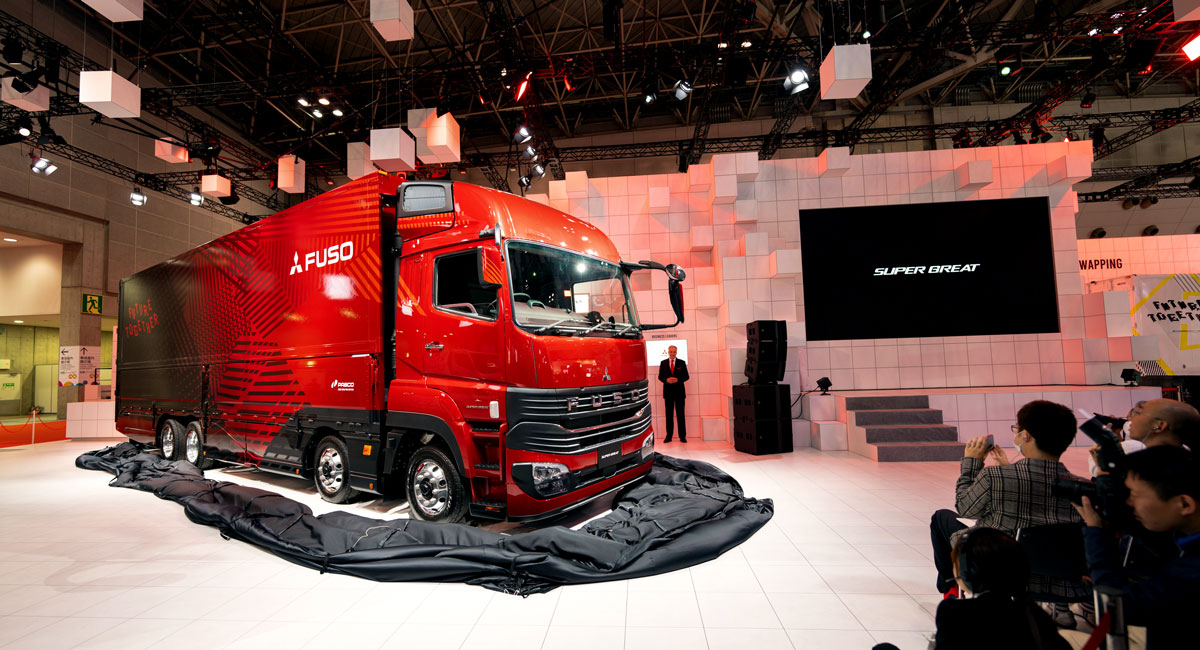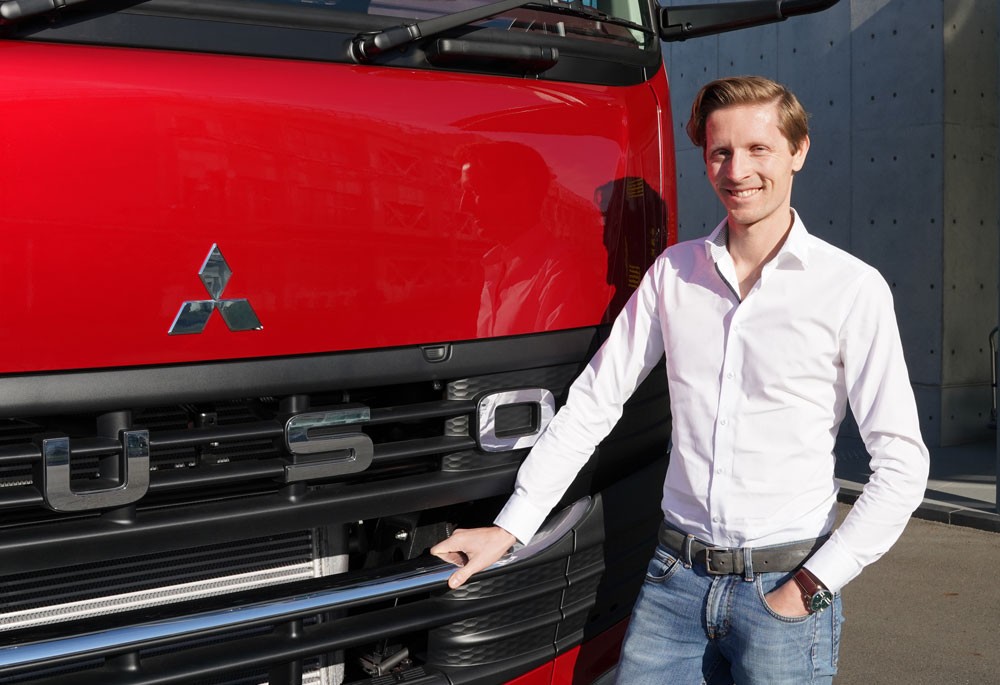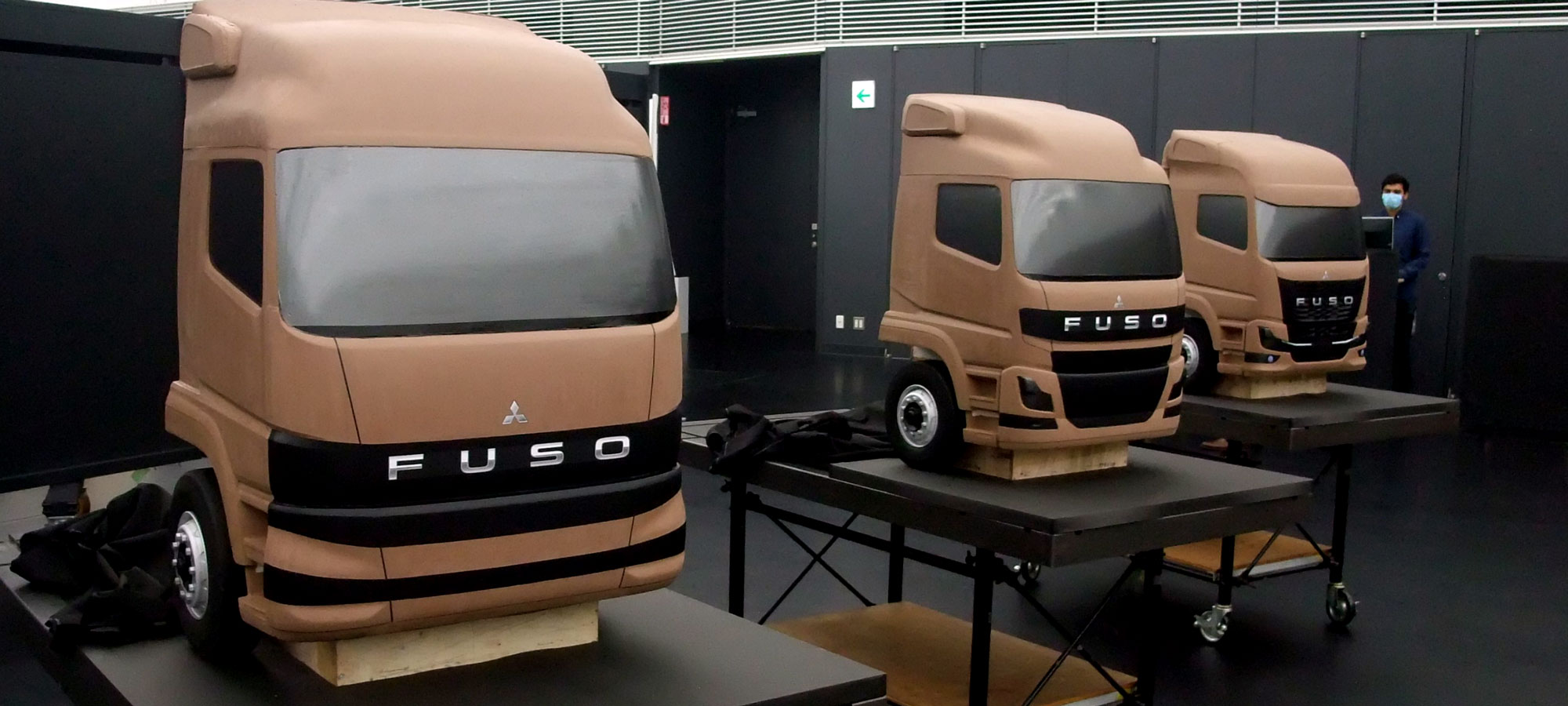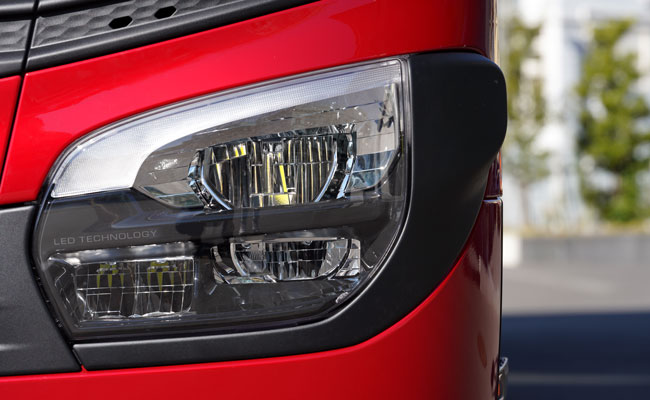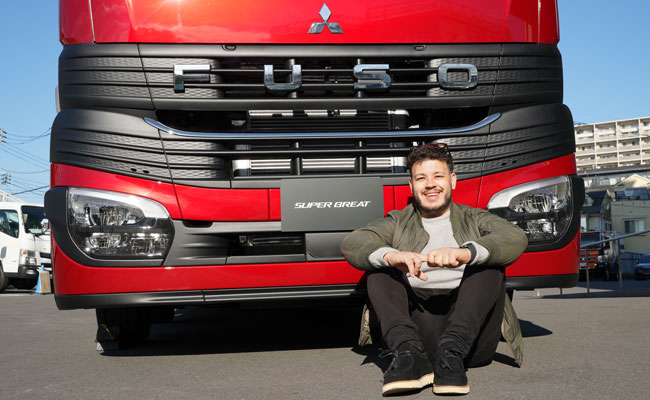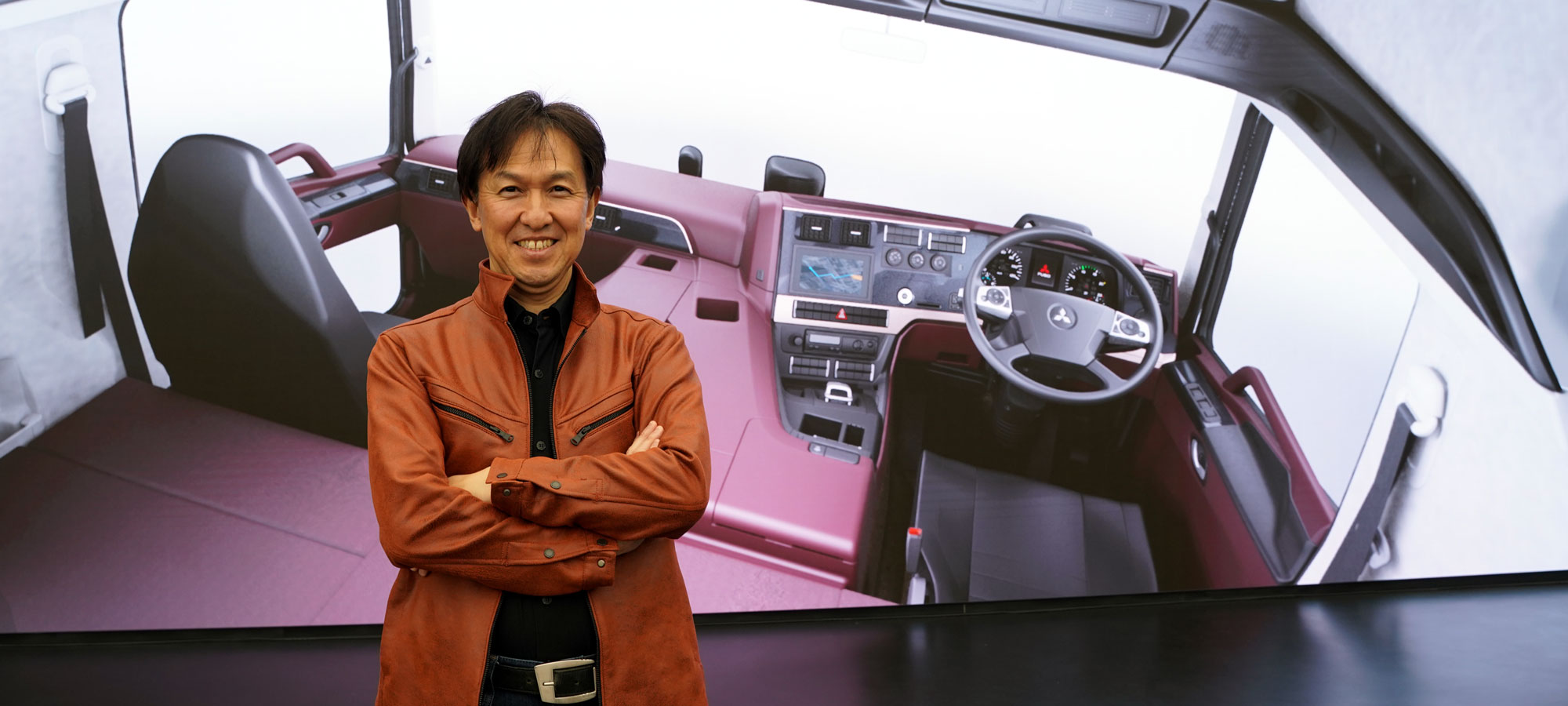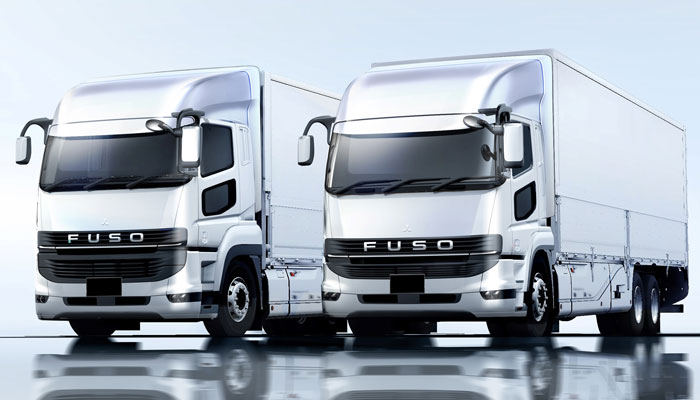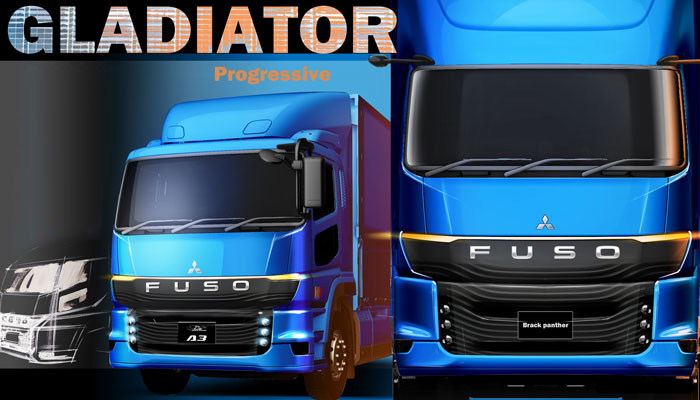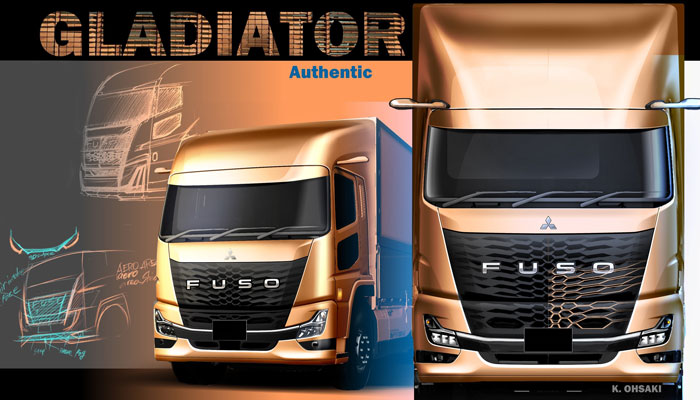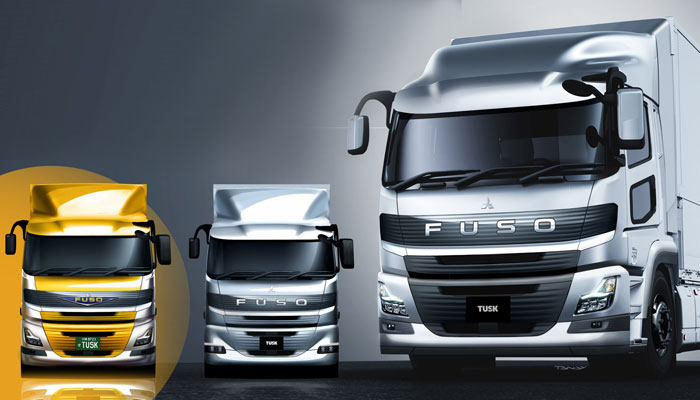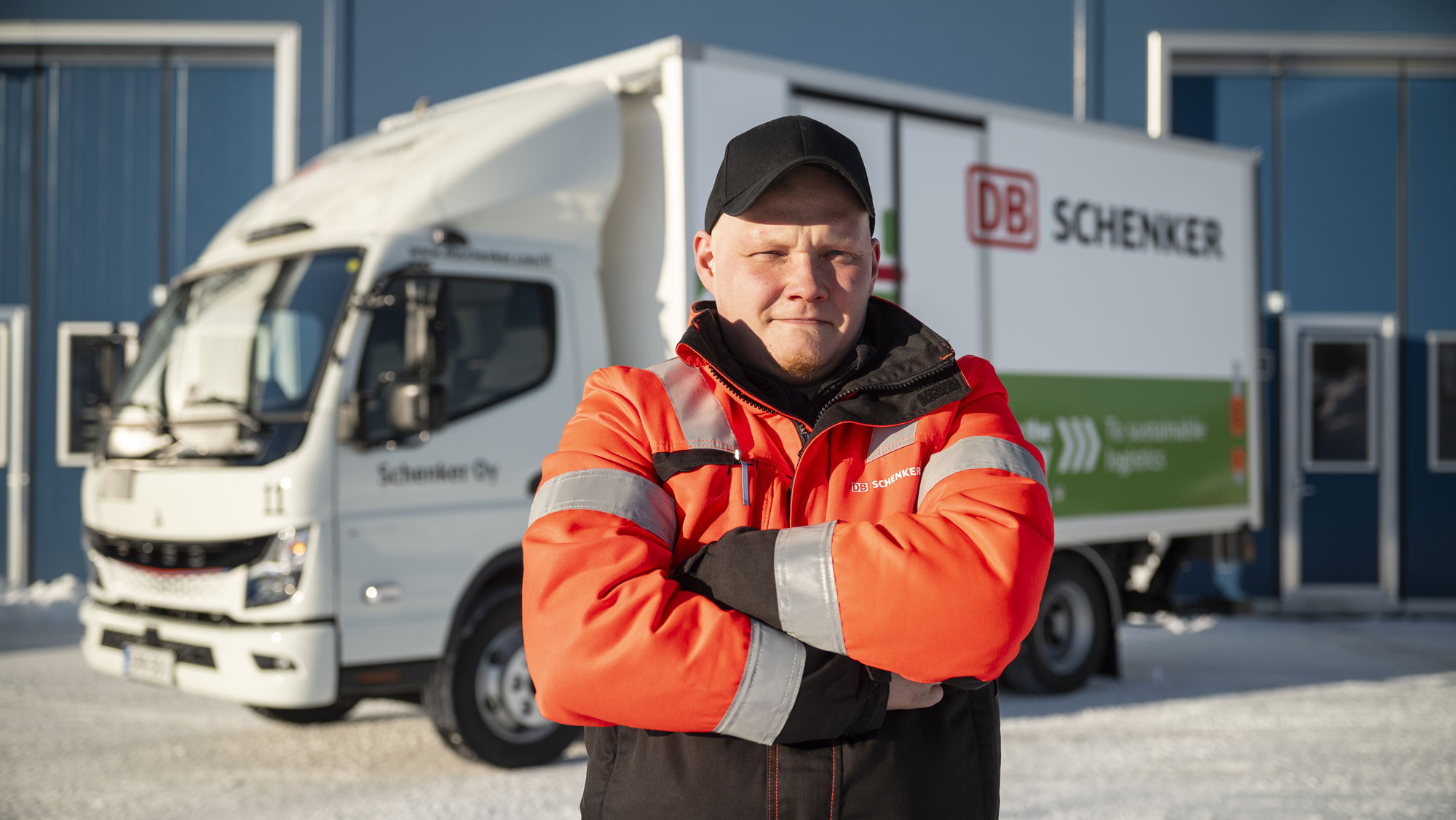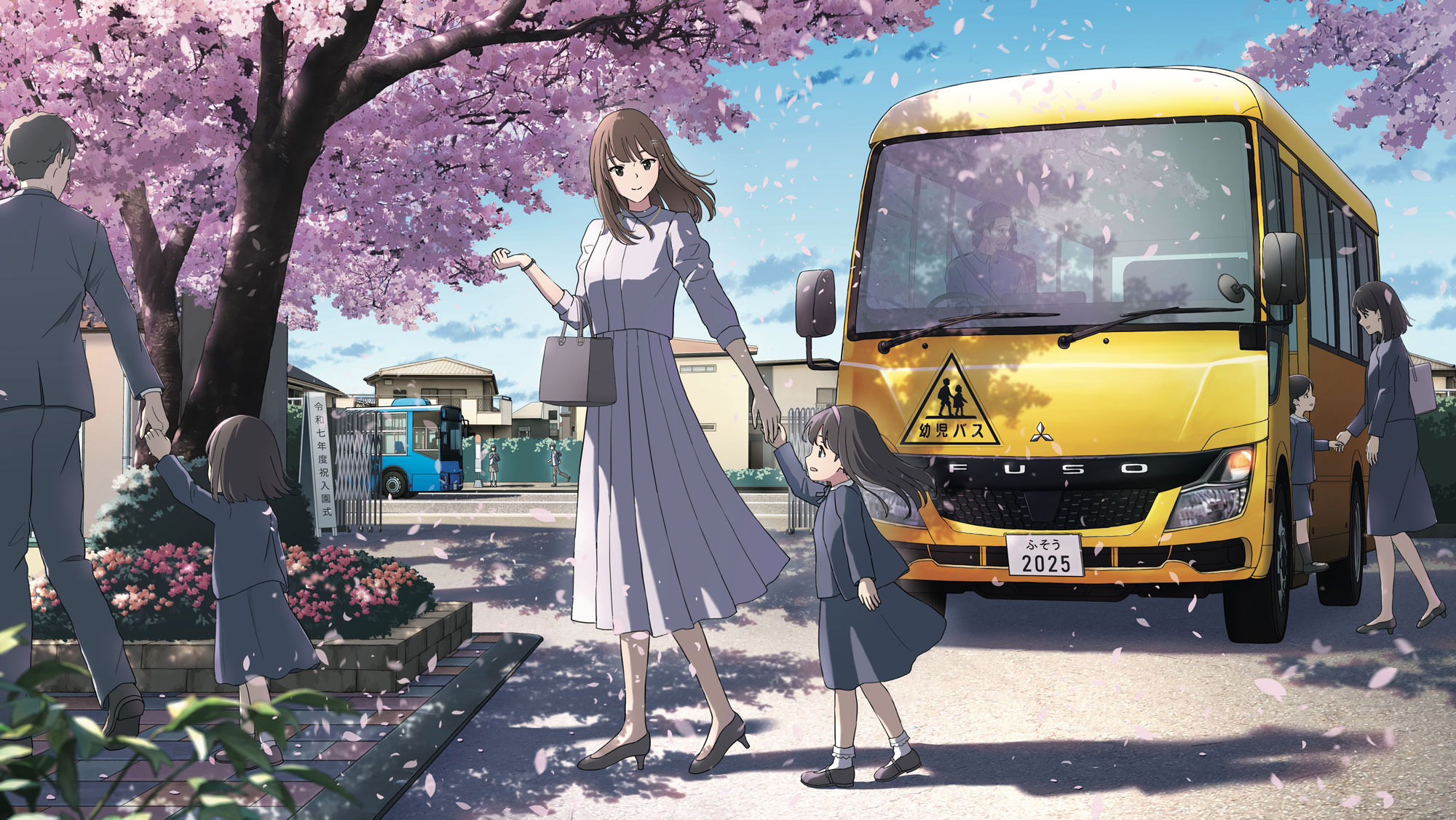
When the black veil surrounding FUSO’s new Super Great fell to the floor at the 2023 Japan Mobility Show (JMS) revealing an astonishing red heavy-duty truck, FUSO’s design team was hoping to make an immediate impression.
“I rather prefer a ‘Wow, that is different’ than ‘Oh, another one,’” said Benjamin Nawka the Head of Design for Mitsubishi Fuso.
The public unveiling of the new Super Great represented the final stage of a challenging process, which resulted from an intricate confluence of safety, functionality, and aesthetics.


